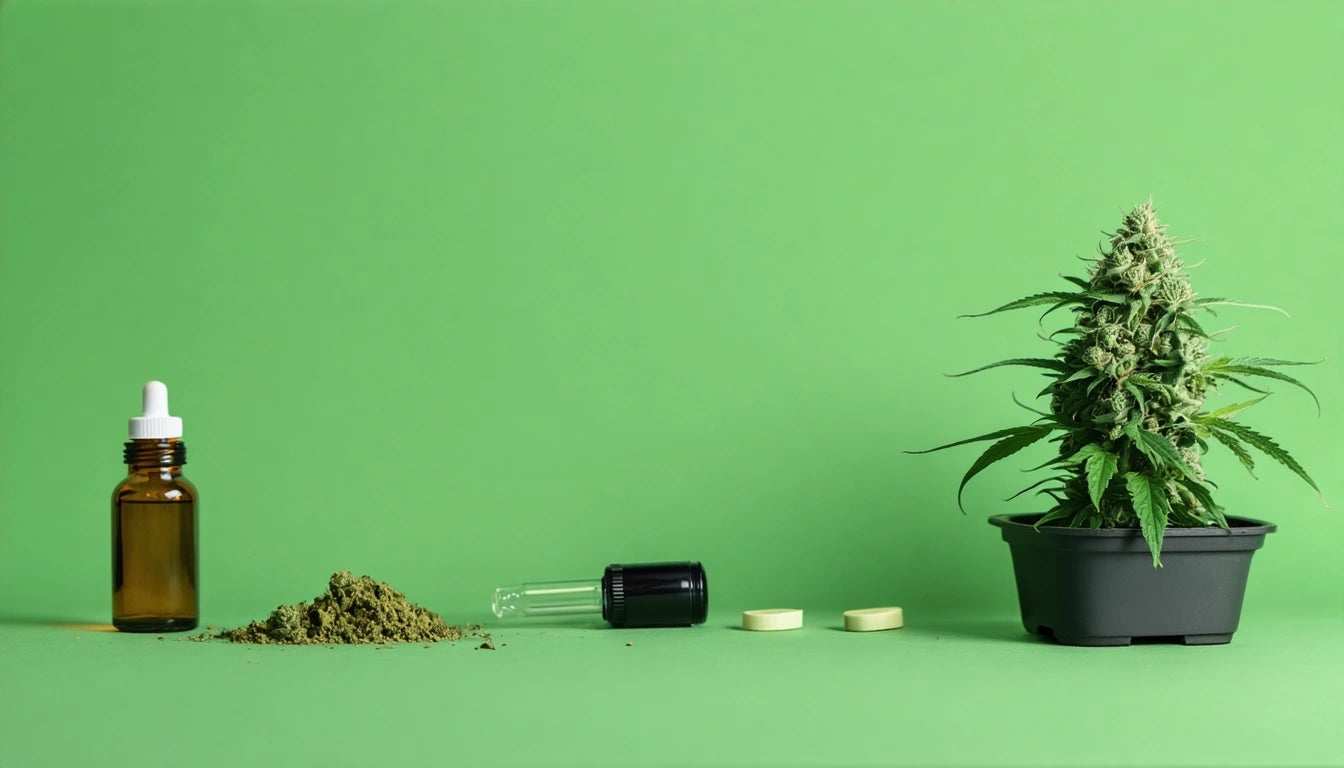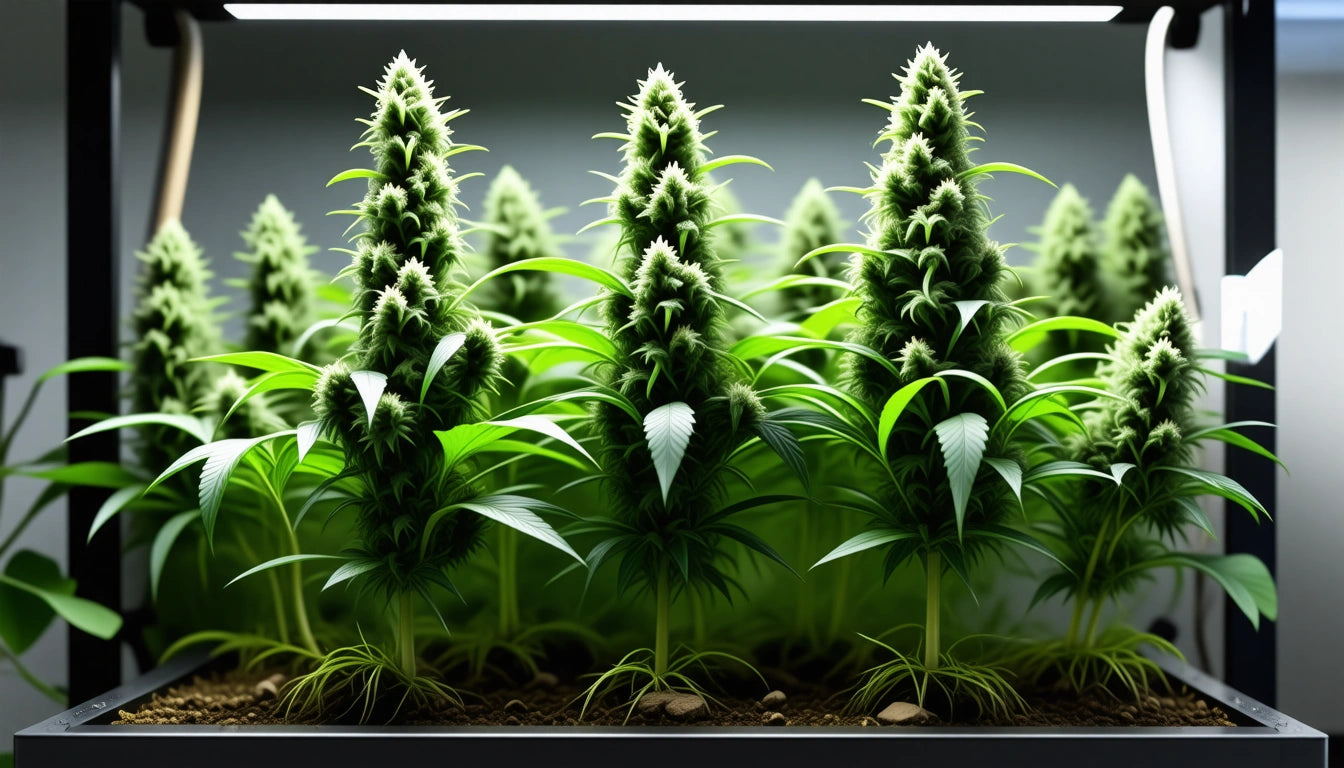Table of Contents
- The Cannabis-Migraine Connection: What Research Shows
- How Cannabis Works Against Migraine Pain
- Best Cannabis Strains for Migraine Relief
- Consumption Methods for Migraine Management
- Dosing Considerations for Migraine Patients
- Potential Side Effects and Considerations
- Patient Experiences and Testimonials
- Future Directions in Cannabis Migraine Treatment
Exploring the Effectiveness of Cannabis for Migraine Relief
Migraines affect millions of people worldwide, causing debilitating pain and significantly impacting quality of life. As conventional treatments don't always provide adequate relief, many sufferers are turning to alternative remedies, including cannabis. The question of whether pot helps migraine headaches has gained increasing attention from both patients and researchers in recent years.
The Cannabis-Migraine Connection: What Research Shows
Current research suggests cannabis may offer relief for some migraine sufferers. A 2016 study published in Pharmacotherapy found that medical marijuana use was associated with a significant decrease in migraine frequency, from 10.4 to 4.6 headaches per month. While promising, it's important to note that research is still emerging.
According to research on cannabis for migraine relief, the plant's compounds interact with the body's endocannabinoid system, which plays a role in pain regulation. This interaction may help reduce both the frequency and intensity of migraine attacks in some patients.
How Cannabis Works Against Migraine Pain
Cannabis contains over 100 cannabinoids, with THC (tetrahydrocannabinol) and CBD (cannabidiol) being the most studied. These compounds work in different ways to potentially address migraine symptoms:
- THC binds directly to cannabinoid receptors and may help reduce pain and nausea
- CBD doesn't cause intoxication but may reduce inflammation and anxiety
- Terpenes, the aromatic compounds in cannabis, may offer additional therapeutic benefits
The endocannabinoid system regulates numerous physiological processes, including pain perception. Some research suggests migraine sufferers may have an endocannabinoid deficiency, which cannabis might help address. Studies on THC for migraines indicate it may be particularly effective for certain types of neurological pain.
Best Cannabis Strains for Migraine Relief
Indica-Dominant Strains
When considering the best pot for migraines, many patients report success with indica-dominant strains. These varieties typically contain higher levels of myrcene and linalool, terpenes known for their sedative and pain-relieving properties. Popular indica strains for migraine relief include:
- Purple Kush
- Granddaddy Purple
- Northern Lights
Balanced Hybrids
Hybrid strains offer a balance of effects that may help address multiple migraine symptoms simultaneously. Effective pain-relieving cannabis strains often include balanced hybrids such as:
- ACDC (high CBD)
- Harlequin
- Blue Dream
Consumption Methods for Migraine Management
The method of consumption can significantly impact how quickly relief occurs and how long it lasts. For acute migraine attacks, faster-acting methods are often preferred:
- Inhalation (vaping or smoking): Provides the quickest relief, typically within minutes
- Sublingual tinctures: Take effect within 15-45 minutes
- Edibles: Slower onset (30-90 minutes) but longer-lasting effects
- Topicals: May help with localized pain but typically don't provide systemic relief
For those who need to measure precise doses, using accurate digital scales for cannabis measurement can help ensure consistent results and prevent overconsumption, especially when preparing homemade edibles or tinctures for migraine management.
Dosing Considerations for Migraine Patients
Finding the right dose is crucial for effective migraine management with cannabis. Most medical professionals recommend starting with a low dose and gradually increasing until the desired effect is achieved ("start low, go slow"). Microdosing, or taking very small amounts, may be beneficial for daytime use when functionality needs to be maintained.
The ideal dosage varies widely based on individual factors including:
- Previous cannabis experience
- Body weight and metabolism
- Severity of migraine symptoms
- Specific strain and consumption method
Potential Side Effects and Considerations
While many report cannabis helps with migraines, it's not without potential drawbacks. Research on cannabis and headaches shows that some individuals may experience:
- Rebound headaches with frequent use
- Dizziness or cognitive impairment
- Dry mouth and eyes
- Potential dependency with regular use
There are also concerns about long-term effects on brain health, though research in this area is still developing. Patients with cardiovascular conditions, pregnant women, and those with a history of psychosis should consult healthcare providers before using cannabis for migraines.
Patient Experiences and Testimonials
Anecdotal evidence from migraine sufferers provides valuable insights into how cannabis may help. Many report that cannabis not only reduces pain but also addresses associated symptoms like nausea, light sensitivity, and anxiety. Some patients find that regular, preventative use helps reduce the frequency of attacks, while others use it only during acute episodes.
A survey of migraine patients using cannabis found:
- 85% reported a reduction in migraine frequency
- 70% found relief from acute attacks
- 60% were able to reduce their use of prescription medications
Future Directions in Cannabis Migraine Treatment
As legalization expands and research continues, our understanding of how cannabis affects migraines will likely improve. Future developments may include:
- Targeted cannabinoid formulations specifically designed for migraine relief
- Better guidelines for dosing and strain selection
- Integration of cannabis into conventional migraine treatment protocols
- Development of non-intoxicating options that still provide pain relief
For those wondering if pot helps migraines, the evidence suggests it may be a viable option for some patients. However, it's important to approach cannabis use for migraines thoughtfully, ideally under medical supervision and in compliance with local laws. As with any treatment, what works best varies from person to person, and finding the optimal approach often requires patience and careful self-monitoring.
Whether cannabis becomes a mainstream migraine treatment will depend on continued research and evolving regulatory frameworks. For now, many patients find it offers relief when other options have failed, making it a valuable addition to the migraine management toolkit.











Leave a comment
All comments are moderated before being published.
This site is protected by hCaptcha and the hCaptcha Privacy Policy and Terms of Service apply.